After the end of World War I, Americas Cup racing resumed with a new set of rules designed to balance hull length, sail area, and hull shape to produce safer and more seaworthy boats. Designers also replaced the traditional gaff-rigged topsail and mainsail with a single triangular sail that rose straight to the top of the mast, known as a Bermuda or Marconi rig. In the late 1920s, a large jib, known as a Genoa, was added. These developments found application to the huge racing yachts known as the J-class of boats which were designed to have a 75 to 87 foot water line. Nothing like them had ever been seen before; no yachts so awesome have been built since. Only 10 of these soaring beauties were ever built. The great depression made them obsolete because of their cost. But during the heyday of international cup racing, they represented the epitome of the racing yacht. They were designed to sacrifice simplicity for speed, requiring large crews, special tackle, and geared winches. Their parachute spinnakers, as large as 18,000 square feet, were the largest sails ever made. Sir Thomas Lipton announced that he would challenge again for the Americas cup in 1930 and ordered the construction of a J-class boat designated as Shamrock V. Four syndicates of Americans responded by commissioning, at great cost, their own contenders. Starling Burgess led the effort for one of the New York syndicates. He promptly engaged the Wizard of Bristol, Nat Herreshoff, dean of American yacht designing, as his adviser. Together, they designed the largest and fastest racing machine ever seen and named her the Enterprise. This great and gorgeous J-boat was eighty feet long at the water line and sported a heavy keel with two centerboards. Her great 162-foot mast tapered from one and one-half feet at the base to nine inches at the top. It was made of two hollow tubes of aluminum and was supported by a large array of stays and rigging. Below deck she had two dozen winches for handling lines. Enterprise made short work of the other three would-be defenders of the Cup and was chosen to take on Shamrock V off Newport, Rhode Island. There, in September 1930, she went on to win a clean sweep of four races, maintaining the 80 year record of uninterrupted possession of Americas Cup.
Features
- Material: wood and metal
- Completed by skillful master craftsmen
- Strip by strip of mahogany and teak were put together
- Built according to scale through original plans, pictures and drawings
- Using the best material to create a smooth surface on both sides of the hull
- Locate gorgeous wooden parts and ornaments such as: wooden mast, wooden boom, wooden bunkers, front and main sails with detailed stitching, wooden pole and metal steering, metal railing, and many more
- Beautiful model is rested on a painted solid wooden stand
- To enhanced value and recognition, a shiny metal plate embedded with ‘Enterprise 1930’ is provided
- Built from scratch using ‘plank on frame’ construction method
 Parikh Ladder Bookcase
Parikh Ladder Bookcase
 Geometric Bookcase
Geometric Bookcase
 Adrianne 72.2'' H x 32.7'' W Etagere Bookcase
$245.98
Adrianne 72.2'' H x 32.7'' W Etagere Bookcase
$245.98








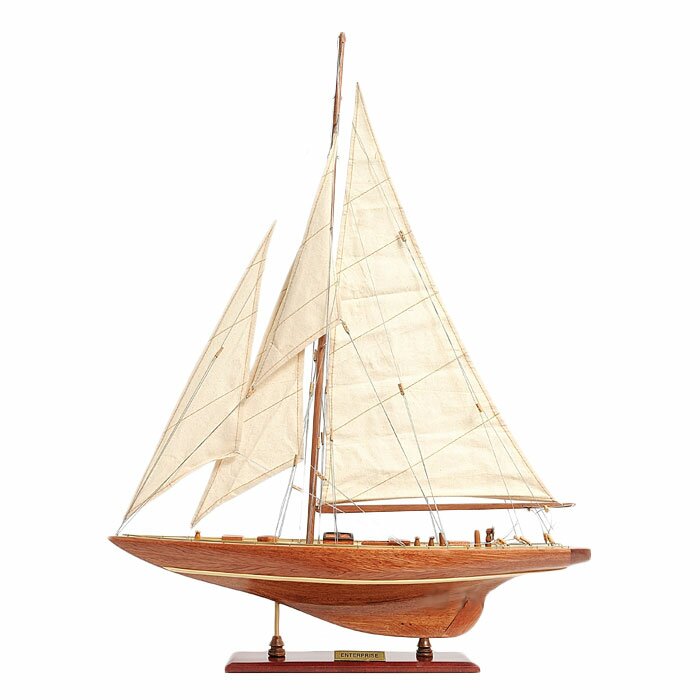
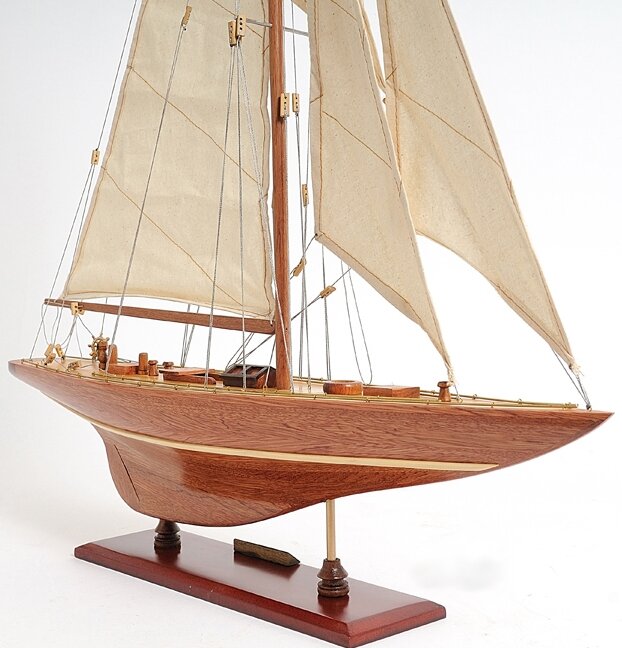
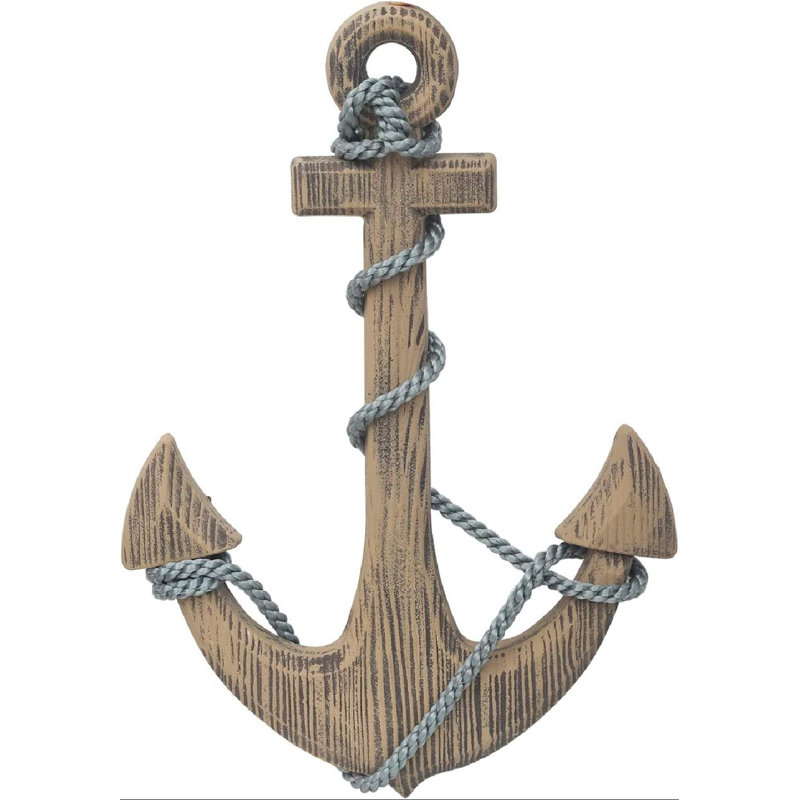

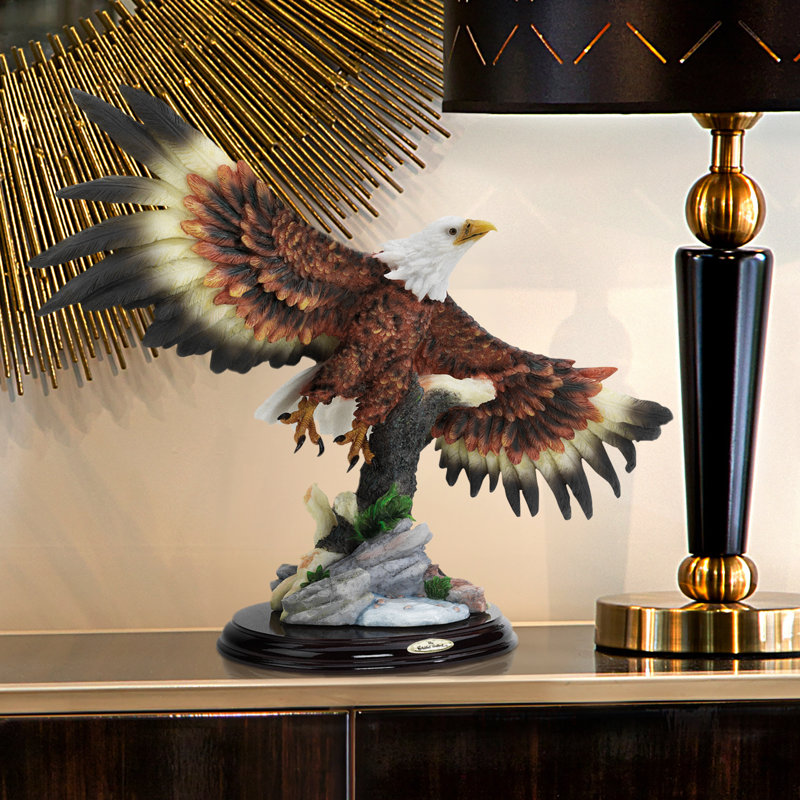





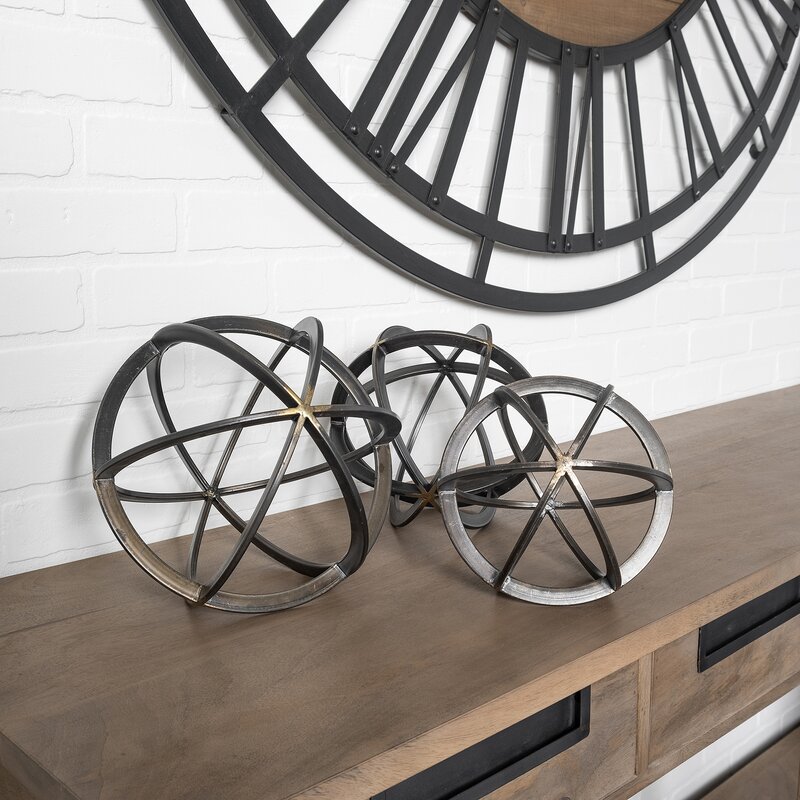
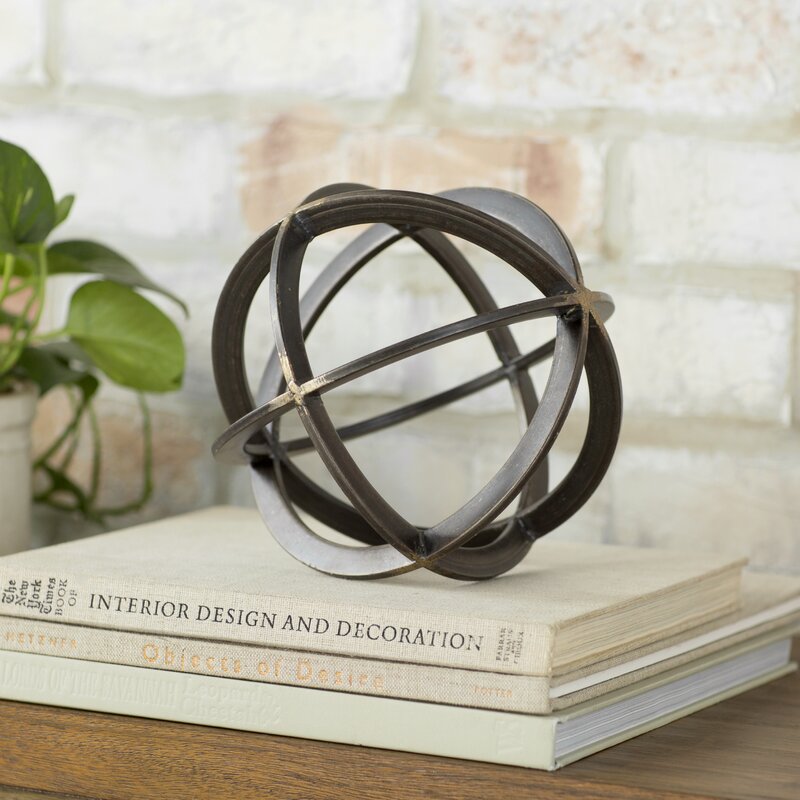




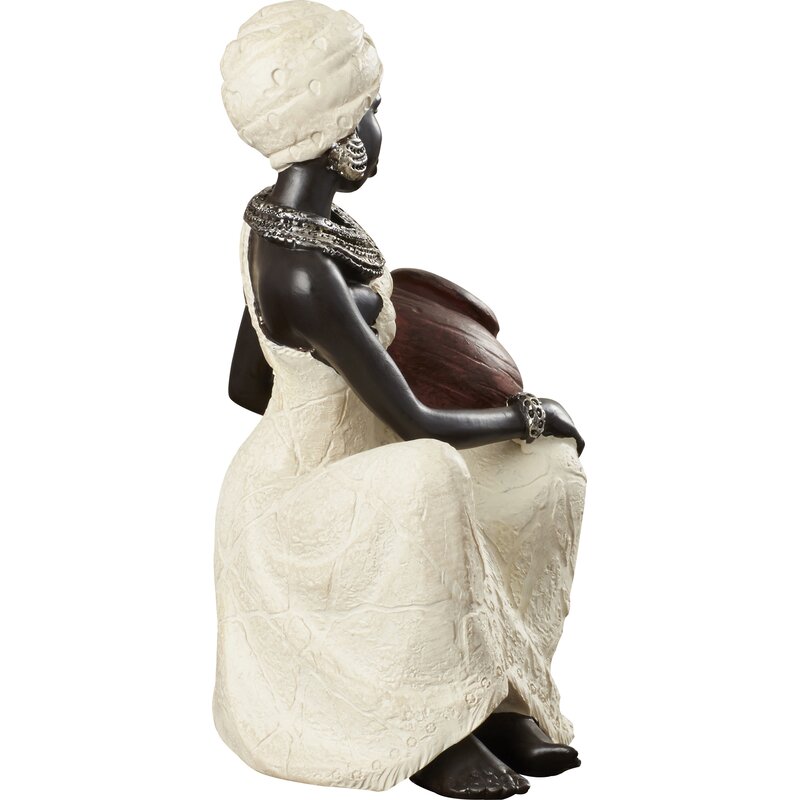
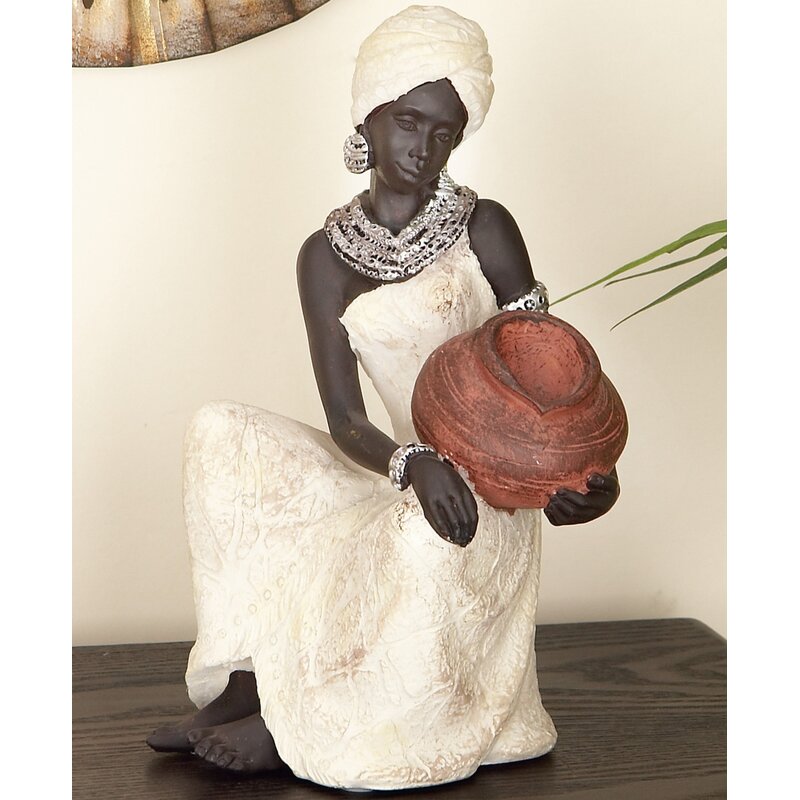
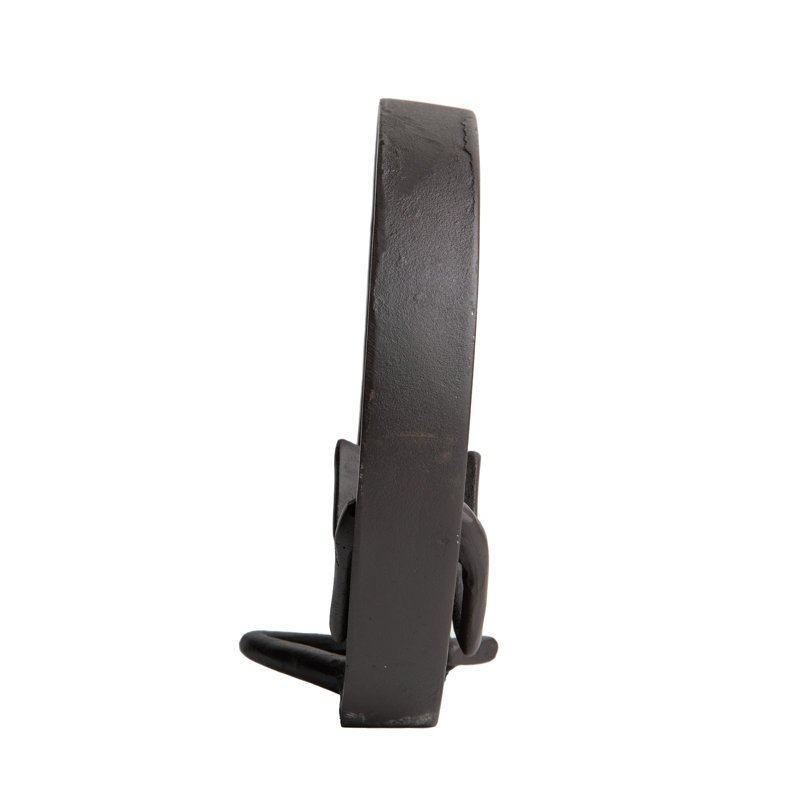


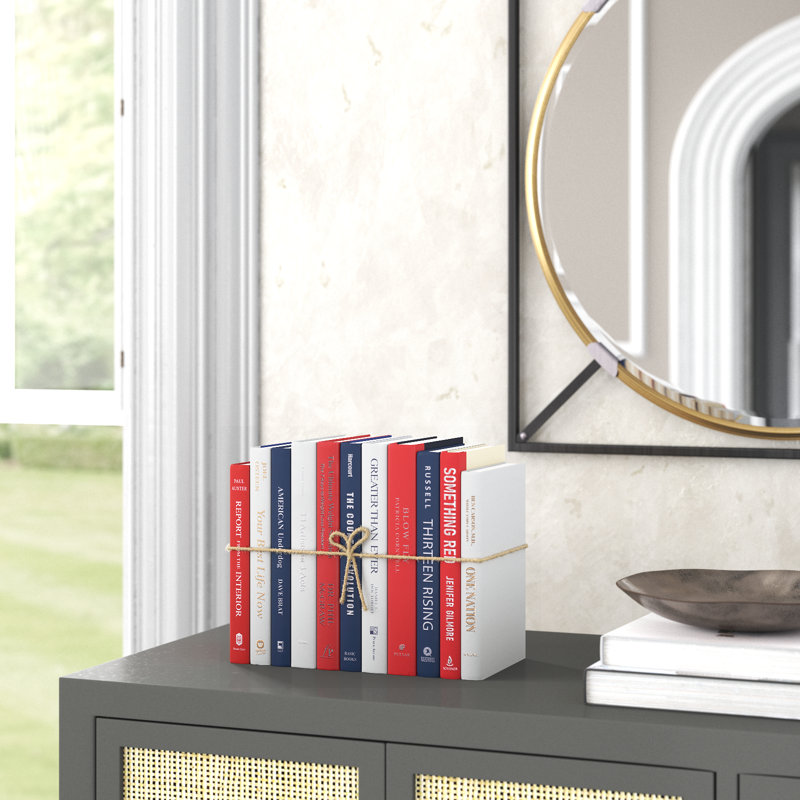











Reviews
Clear filtersThere are no reviews yet.